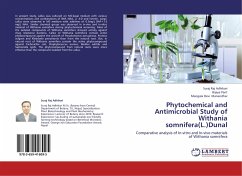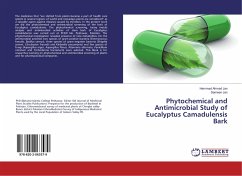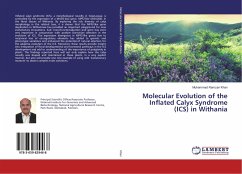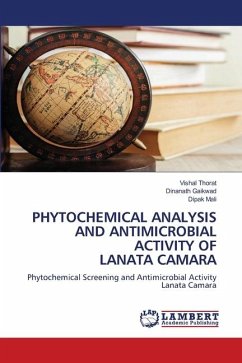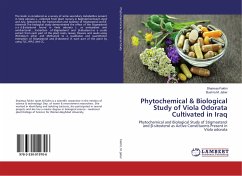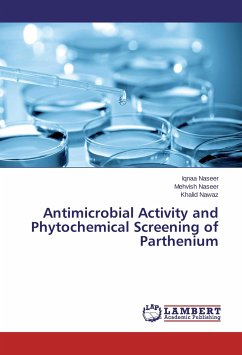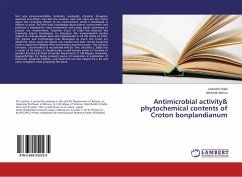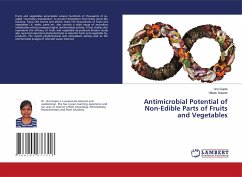In present study, callus was cultured on MS-basal medium with various concentrations and combinations of BAP, NAA, 2, 4-D and kinetin. Large callus were observed in MS medium with additives of 0.5mg/L BAP+1.5 mg/L NAA. Similar chemical group was observed in in-vivo and in-vitro material of Withania somnifera during phytochemical screening. Most of the isolated compounds of Withania somnifera showed activity against drug resistance bacteria. Callus of Withania somnifera contain active phytocompound against the growth of Pseudomonas aeruginosa, Proteus vulgaris and Klebsicela pneumonia than from the natural root. But, in natural root of Withania somnifera contain the active phytocompound against Escherichia coli, Staphylococcus aureus, Bacillus subtilis and Salmonella typhi. The phytocompound from natural roots were more effective than the compound isolated from the callus.
Bitte wählen Sie Ihr Anliegen aus.
Rechnungen
Retourenschein anfordern
Bestellstatus
Storno

